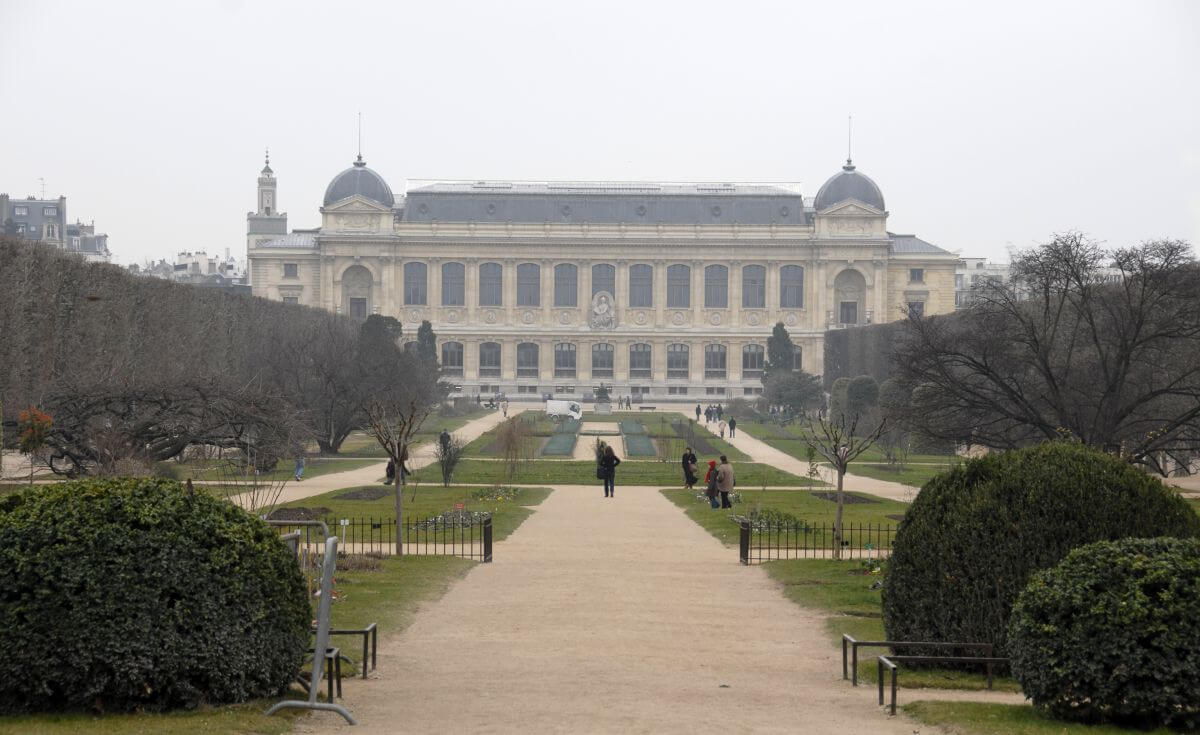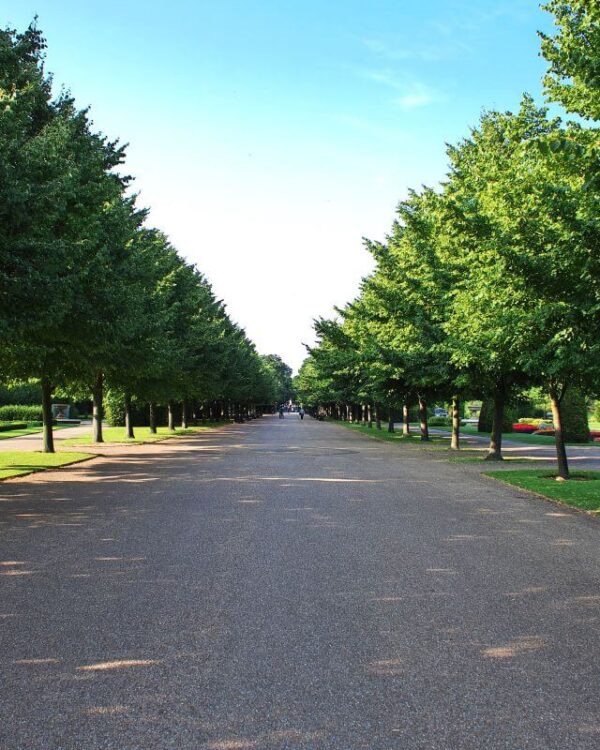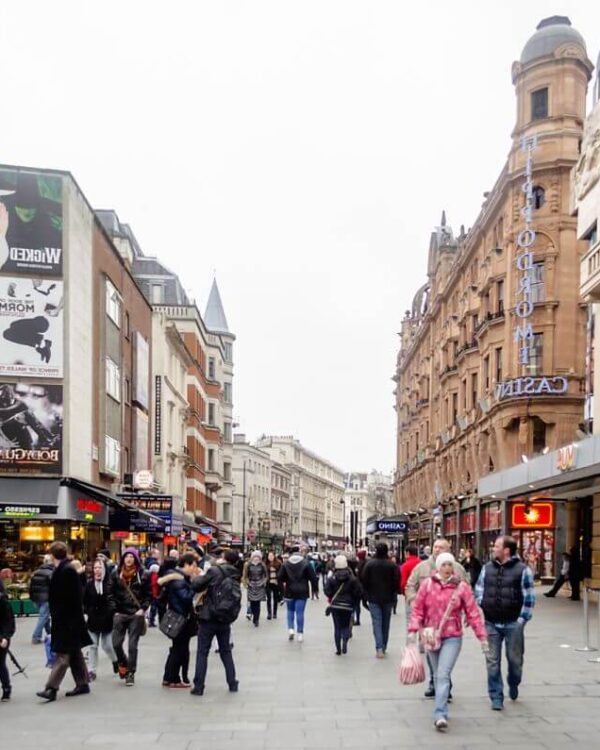What Is the Jardin des Plantes? History and Meaning
The Jardin des Plantes (“Garden of the Plants”) is the main botanical garden in France. It lies on the left bank of the Seine in the heart of Paris, close to the Latin Quarter and Saint-Germain-des-Prés.
It was begun in 1635 by King Louis XIII’s doctor, Guy de La Brosse, who planted a medicinal herb garden here. In 1673, the garden was given an amphitheater where dissections and medical courses took place.
The area gradually expanded over the centuries to include the Menagerie (1795) and other parts of the Muséum national d’histoire naturelle (National Museum of Natural History), which was formally founded in 1793.
It was in the Jardin des Plantes’ laboratories that the Nobel Prize winner Henri Becquerel discovered radioactivity in 1896. Other experiments were also conducted here, such as the isolation of cholesterol by Eugene Chevreul and the studies on glycogen by Claude Bernard.
As you can see, the garden has served as an important scientific institution over the years. But it’s also a beautiful place to stroll, relax, and admire the plants!
The Jardin des Plantes Today: Botanical Garden, Zoo, and More
Nowadays, the Jardin des Plantes is much more than just a medical garden. It’s home to galleries, greenhouses, libraries, art exhibitions, and a zoo. Let’s discover every part of this complex!
The Botanical Garden (Jardin des Plantes)
The oldest part of the Jardin des Plantes is the botanical garden, with over 11 separate gardens established so far. They cover around 28 hectares in total, and some of them are:
- The Garden of Useful Plants;
- The Alpine Garden;
- The Rose and Rock Garden;
- The Iris and Perennials Garden;
- The Ecological Garden.
There’s also a maze with one of the oldest metal constructions in the world – the Gloriette de Buffon, a wrought iron gazebo designed by Edmé Verniquet. Admission to the gardens is free, unlike most attractions on-site.
The National Museum of Natural History
This museum is spread out over four buildings in the Jardin des Plantes complex. It’s one of the largest museums of natural history in the world, with over 60 million specimens!
You can find anything from ancient fossils to taxidermy animals and minerals here. The museum also houses libraries with over 2 million documents in total. The libraries are free to enter and browse – perfect for a rainy day!
If you’re interested in visiting the National Museum of Natural History, note that admission is free for EU citizens under 25 years and people with disabilities. Regular tickets are €13 for all galleries except the Grande Galerie de l’Évolution (Gallery of Evolution), which is €10.
The Grand Gallery of Evolution
The aforementioned Grand Gallery of Evolution is one of the newest attractions at the Jardin des Plantes. It’s worth a separate mention as it’s quite impressive!
The Gallery of Evolution is a glass-and-steel building housing over 7,000 lifelike specimens. The centerpiece is a large, open space with a suspended walkway in the shape of DNA. This is where you can see many of the museum’s iconic specimens, such as the quagga (a now extinct subspecies of zebra) and a coelacanth (a prehistoric fish).
The Ménagerie (Zoo)
The Ménagerie is the second-oldest public zoo in the world, dating back to 1794. It’s located within the Jardin des Plantes complex, and it’s home to about 150 species of animals. You can find everything from snow leopards to orangutans and reptiles here.
The Ménagerie also offers guided tours and educational workshops for children. Admission is €13 for adults and €10 if you show a full-price ticket to another site of the Jardin des Plantes from the last 3 months.
Visiting the Jardin des Plantes – Location and Directions
The Jardin des Plantes is located in the heart of Paris, on the left bank of the Seine. The address is 57 Rue Cuvier, and it’s situated between the Université Pierre et Marie Curie and the Austerlitz metro and railway station (lines 5, 10 and RER C).
The best way to get there is by metro, as the station is just a short walk from the garden. You could also take the 63 or 89 bus and get off right at Jardin des Plantes.
Discover the National Museum of Natural History in Paris!
Have you decided to visit the Jardin des Plantes? Then you’ll definitely want to explore all it has to offer! From the botanical gardens to the zoo and museums, there’s something for everyone at this complex. Whether you’re interested in botany or simply enjoy strolling in rose gardens, you’ll have a great time there.
If you have any questions about visiting, feel free to leave a comment below. And don’t forget to share this article if you found it helpful!
Similar Posts:
- A Guide to the Latin Quarter, Paris: Top Attractions and Practical Info for Visiting the Quartier Latin
- The Bois de Boulogne in Paris: Discover the West of Paris and Its Charming Public Park
- Jardin du Luxembourg, Known as Luxembourg Gardens in Paris
- Discover the Oldest Park in Paris: Tuileries Garden in Paris (Jardin des Tuileries)
- Les Invalides, Paris. Plan Your Visit to Les Invalides in Paris. See Hotel des Invalides, Tombs, and Military Museum
- Paris Neighborhood Guide: The 20 Paris Arrondissements and What Makes Each of Them Special
- London Museums: Discover the Best Museums in London
- Paris Pantheon (Le Panthéon): The History of the Pantheon Paris



